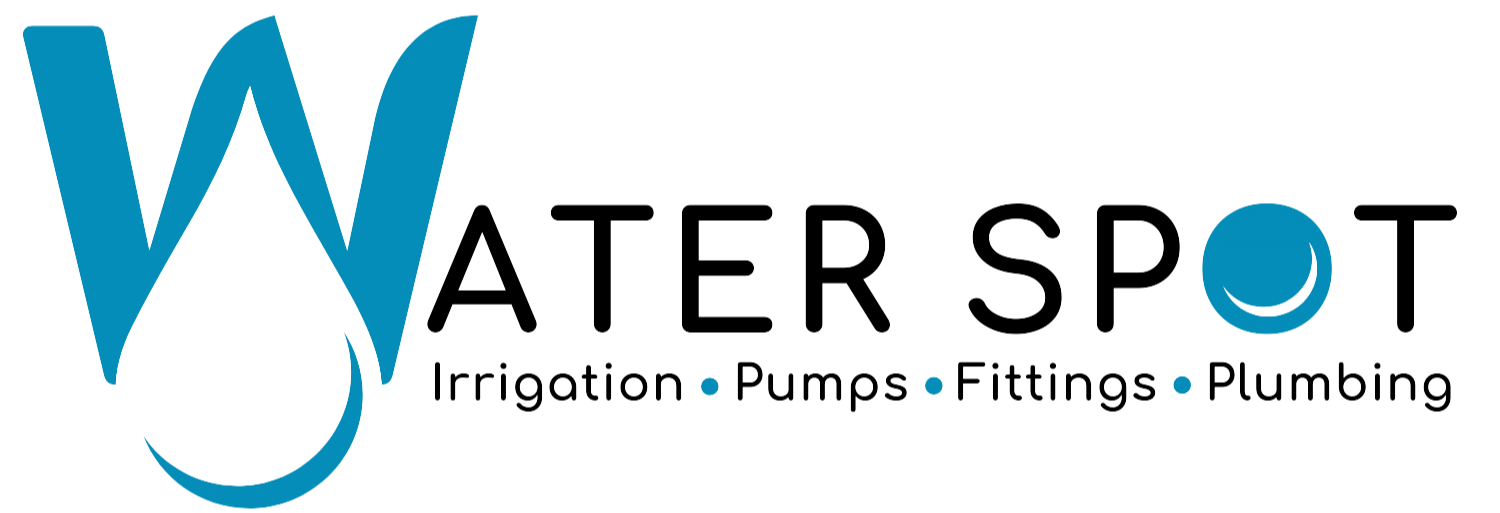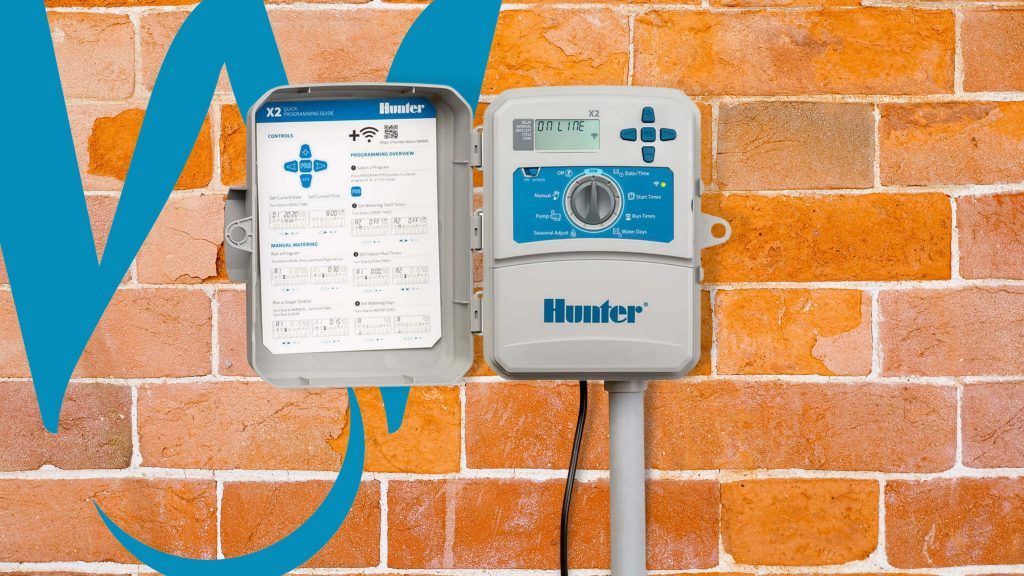How to Choose an Irrigation Controller/Timer
The only important decisions you need to make when selecting a controller/timer are as follows:
- Controller mounting location: indoor or outdoor
- The number of programs (1, 2, 3, or 4) – should have at least 2 or more programs to give you the watering flexibility you want or need.
Indoor vs. Outdoor models
Sprinkler system timers/controllers come in two different types: indoor and outdoor models. Locations for mounting indoor timers are in the garage, building, covered patio, shed, pump house, closet, etc. Outdoor lawn sprinkler system timers are convenient, weather-resistant, durable, and typically need to be hard-wired for power instead of plugged into an outlet. This is because the transformer is located inside the protective weather-resistant cabinet and it is assumed that the electrical connection will need to be weather resistant also.
Controller Stations
Typically, residential systems use irrigation controllers with 2 to 9 stations, while systems for commercial or public properties can have 32 – 48 stations or more. Each station regulates one zone or area of the lawn sprinkler system. When selecting irrigation controllers, know how many stations the system needs. Choose a sprinkler timer with extra stations, in case of later expansion.
Controller Programs
The number of programs a controller or timer typically has can range from 1 up to as many as 4. They are usually labeled as Program A, B, C, and D. Some controllers only have 1 program while most have at least 2 or more. A program is a set of watering instructions for stations that will run on the same days. When you set up Program A on the controller, you are setting the days you want to water, the time of day you want to start watering, and how long you want to water. If you have a controller with two programs, the lawn areas can be set up to be watered every day on one program and the flowerbeds and shrubs every other day on the second program. When a controller starts a program, it will go through the entire program before stopping or repeating the program.
Types of Controllers – Mechanical or Solid-State (Digital)
Some irrigation controllers are fully digital, including easy touch screen features. Other lawn sprinkler system controllers have an array of features and options for convenience and ease of operation.
Mechanical sprinkler system timers use manually-operated sliders and switches for programming. An electromechanical controller uses both an electric clock and mechanical switching.
Solid-State controllers have a digital readout screen, have no moving parts, and use integrated circuits for the clock, memory, and control features. These controllers are adaptable, offering many more features at a reasonable cost. More advanced Solid-State controllers such as Smart Controllers can adjust the watering schedule automatically throughout the year. Still, other controllers operate solely on battery power, for areas with limited or no electricity.
Features Available on a Controller
Some controllers come fully loaded with features for efficiency and convenience of operation. In others, extra features may be optional. Key features available on a controller can include:
- Clock and calendar settings
- Manual start and manual station operation
- Master Switch
- Master Valve Control
- Station Omission
- Pump Start Lead
- Rain Sensor
- Non-Volatile Memory
IMPORTANT: watering will not occur without AC power.
Where to Buy a Controller / Timer
For more information about irrigation controllers, options, and features, or to purchase a new irrigation controller or sprinkler timer, go to www.waterspot.co.za or email: info@waterspot.co.za


